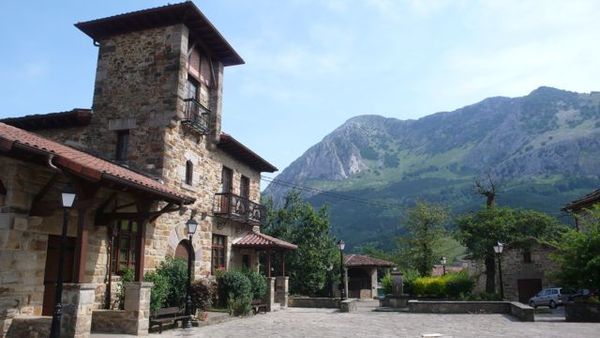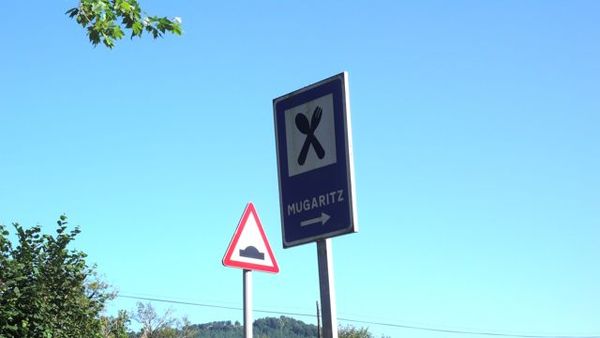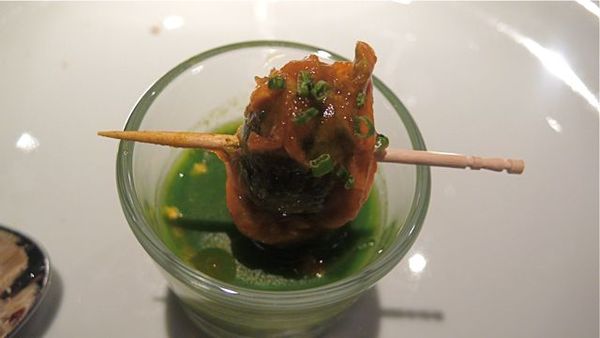Spain: Basque
For our next dish, we ordered the Palamos prawns, very lightly grilled with salt on top. The meat was very tender, almost sushi-like, with a slight smoky flavor. We finished them off by sucking out the meat (and other assorted items) in the heads, which had more of a briny seafood flavor but still tasted nice and smoky. We could have eaten dozens more of these.
Just after we were seated and started to calm down, our server asked if we’d like to see the kitchen. Not really knowing what was going on, we were led back into the kitchen where the 40-something chef himself, Andoni Luis Aduriz, shook our hands and started chattering away in Spanish or Basque (we couldn’t be sure), translated into English by his sous-chef. He explained that his philosophy was to use pure, simple, and local ingredients, with nothing fancy like “foams.” (Interesting because Aduriz used to cook with Feran Adria at El Bulli, which pioneered the entire foam movement.)
Another change from any of the restaurants we’d visited so far: The server actually walked us through the menu (in English, also unlike any of the places in France where it was pretty much French or nothing), and gave us choices for several dishes (lobster vs. squid, as well as choices for the fish and the meat), and even asked us how we would like everything prepared – how progressive! And Jay and I didn’t even have to choose the same things, imagine! Our server also steered us toward a bottle of the house red, a 2001 Arzak Rios Alta
WINEDERLUST WANDERINGS //
WINEDERLUST WISDOM //
“I just don’t see Big Wine allowing labels on wine reading something like this: This wine was dealcoholized by reverse osmosis and smoothed out with micro-oxygenation. Ingredients: Water, alcohol, grapes, chestnut tannin, oak extract, oak dust, genetically modified yeast, urea, enzymes, grape juice, tartaric acid, bentonite, and Velcorin.” – Alice Feiring, The Battle for Wine and Love or How I Saved the World from Parkerization



